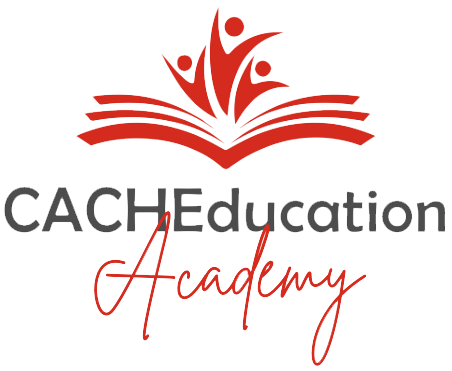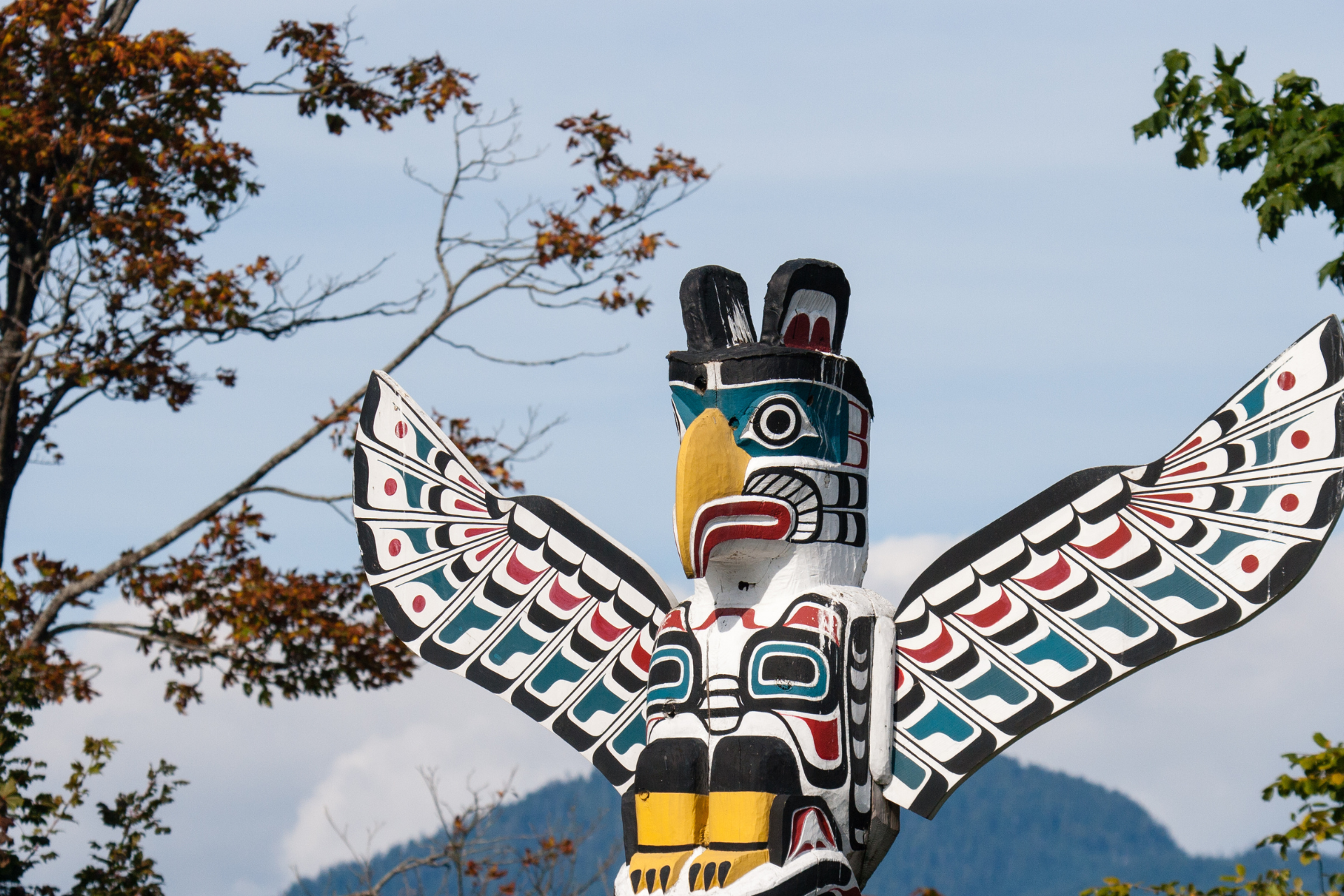Canadian patient advocacy groups play a crucial role in ensuring that all individuals, including Indigenous peoples, have access to the care and support they need. Engaging with Indigenous communities requires sensitivity to historical, cultural, and social factors. Given the systemic barriers Indigenous populations often face in healthcare, it is essential for advocacy groups to foster respectful, equitable, and culturally appropriate partnerships. Here are some best practices for patient advocacy groups looking to engage with Indigenous communities, along with examples of successful initiatives.
Build Relationships Based on Trust and Respect
Indigenous communities in Canada have historically faced discrimination, marginalization, and broken promises, including in healthcare settings. Advocacy groups must be patient and respectful when building relationships. Engagement should be ongoing, not just project specific. For example, Canadian Partnership Against Cancer’s initiative, First Nations, Inuit, and Métis Action Plan on Cancer Control, involved extensive consultations with Indigenous leaders and communities to build trust and ensure that programs were culturally safe and relevant to Indigenous needs.
Engage Indigenous Leadership and Elders
Cultural protocols are essential in Indigenous communities, where Elders and leadership hold significant influence. Elders offer a wealth of traditional knowledge that can complement Western healthcare approaches. Advocacy groups should work directly with these leaders to develop strategies that reflect the community’s needs and values. The First Nations Health Authority, for example, regularly consults with Elders and community leaders in British Columbia to guide health policies. The First Nations Health Authority’s programs are tailored to ensure they incorporate traditional healing practices and holistic views of wellness.
Offer Culturally Relevant Resources and Services
Patient advocacy groups should provide resources and services that reflect Indigenous cultural values, language, and experiences. This means not only translating materials into Indigenous languages but also ensuring the information is presented in ways that culturally appropriate. The Canadian Cancer Society, for instance, offers resources for First Nations, Inuit, and Metis patients and caregivers, including interpreter services in over 20 Indigenous languages. By tailoring their resources, along with a continued effort to improve access to care for Indigenous people, they are reducing barriers to care and improving patient outcomes.
Respect Indigenous Data Sovereignty
Data collection in Indigenous communities must be done with care, ensuring that it respects Indigenous ownership and control. Advocacy groups, when collecting, handling, using, and sharing data on Indigenous people’s data must adhere to the principles of OCAP® (i.e., Ownership, Control, Access, and Possession). Indigenous Diabetes Health Circle as well as the First Nations Health Authority follow OCAP® principles in their research and data collection efforts, ensuring Indigenous communities maintain control over their health data.
Conclusion
Engaging with Indigenous communities in patient advocacy requires a commitment to respect, collaboration, and education. By following best practices such as building trust, involving Indigenous leadership, offering culturally relevant resources and services, and addressing systemic barriers, advocacy groups can better support the unique healthcare needs of Indigenous populations. Successful initiatives, like those from the Canadian Partnership Against Cancer, the Canadian Cancer Society, Indigenous Diabetes Health Circle, and the First Nations Health Authority, provide valuable models for how to engage meaningfully and sustainably with Indigenous communities. These practices not only improve the health outcomes of Indigenous populations but also help build a healthcare system that is inclusive and respectful of all Canadians.

